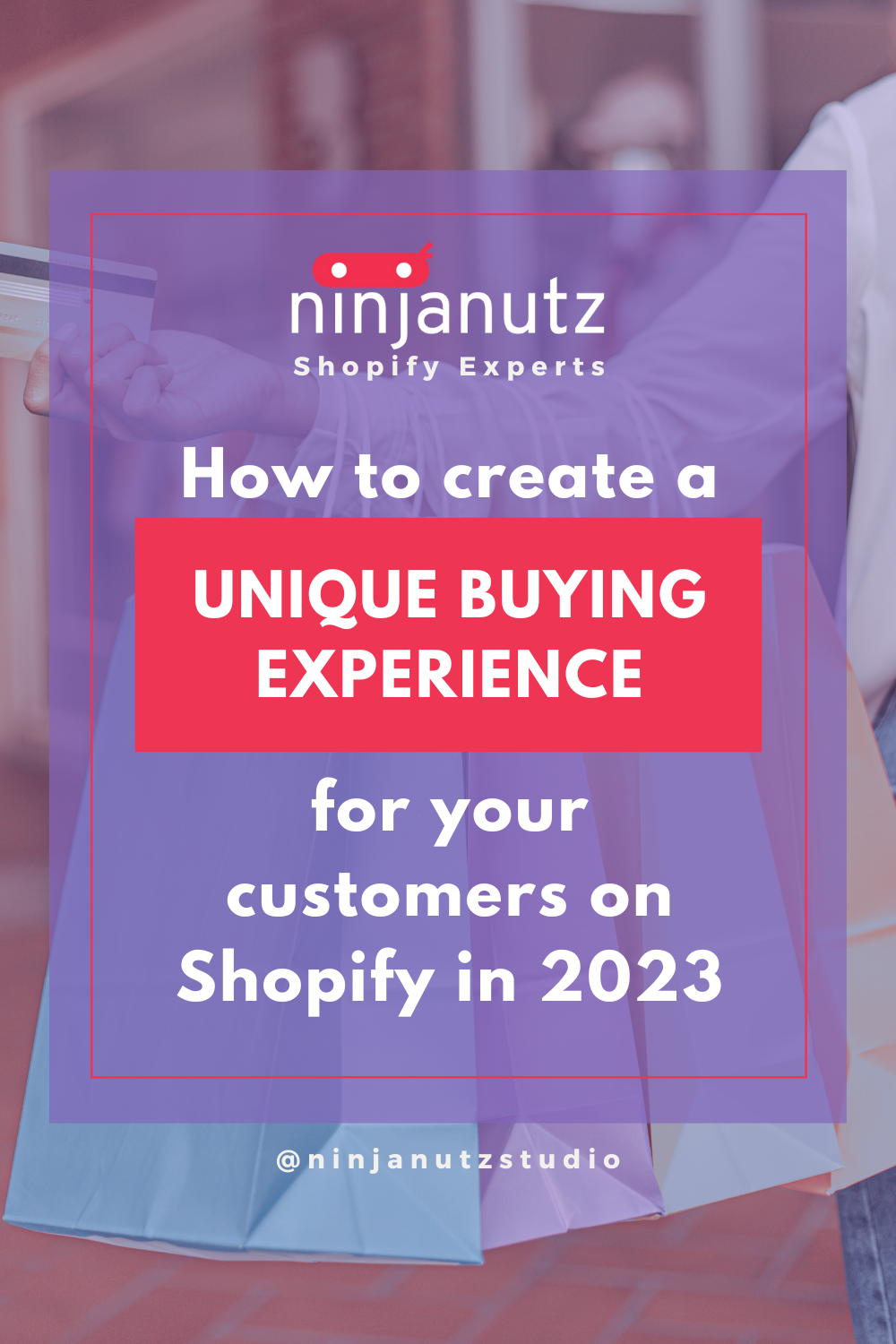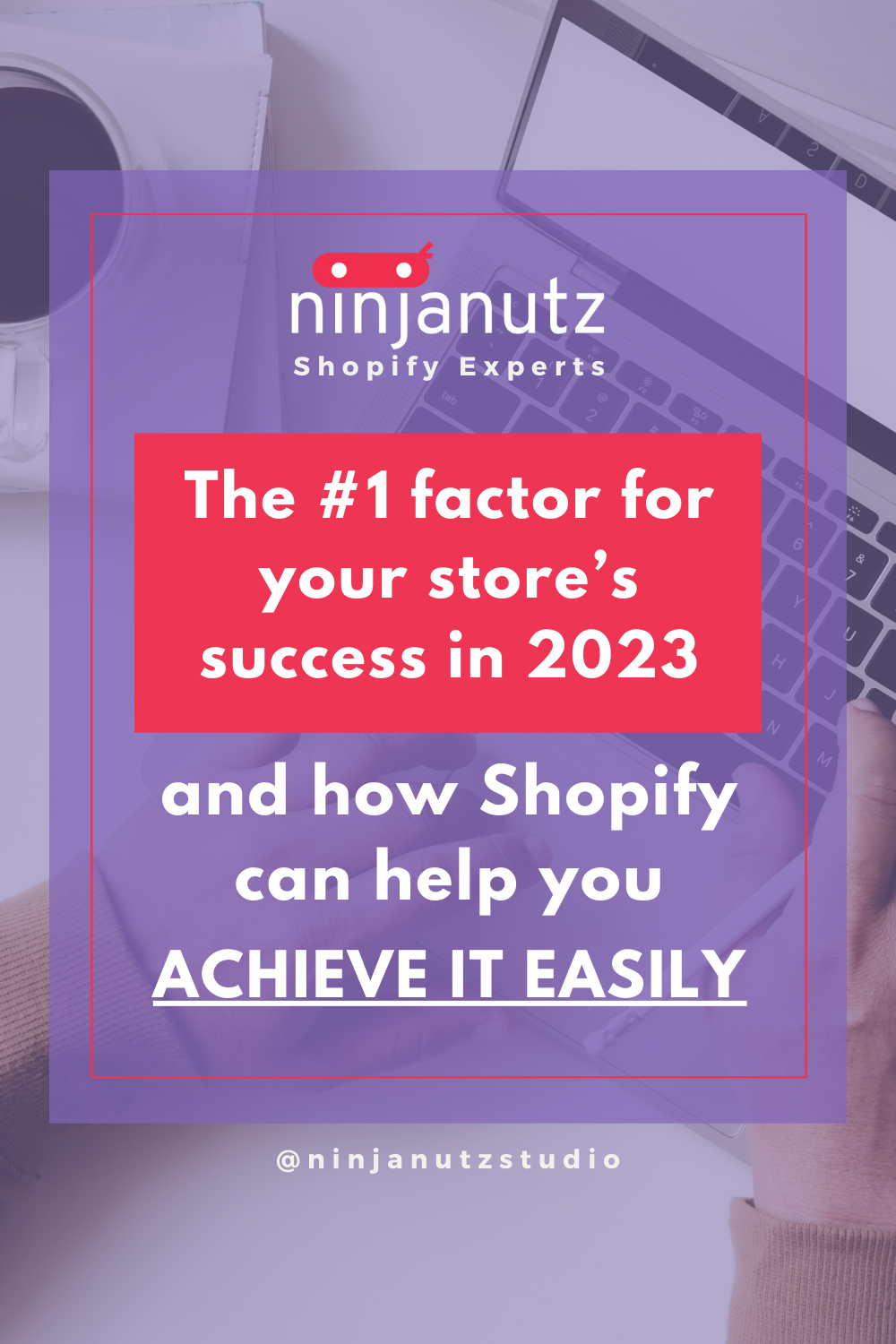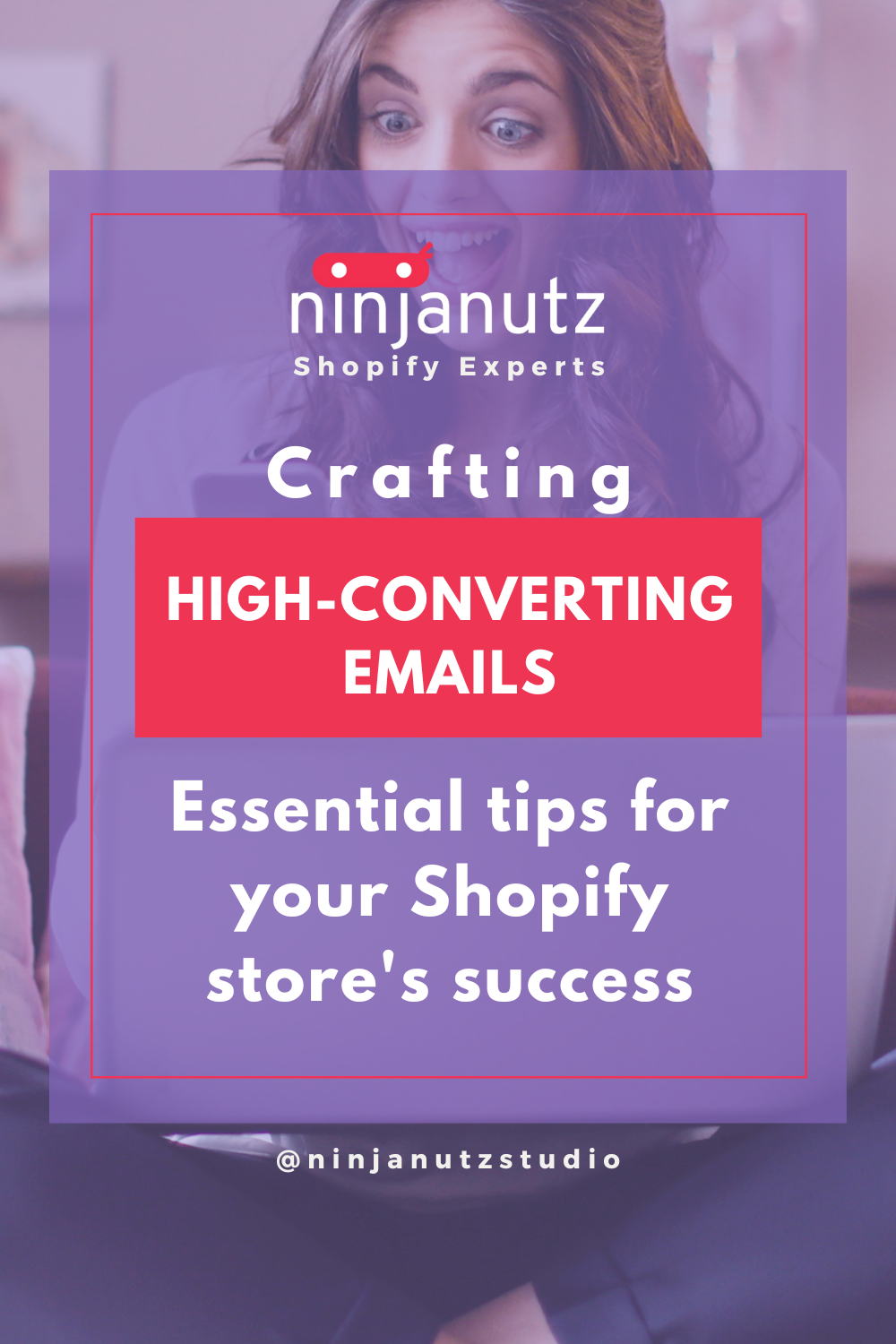How to create a unique buying experience for your customers on Shopify in 2023
This post may contain affiliate links and we may earn a small commission when you click on the links at no additional cost to you.
In the rapidly evolving landscape of online shopping, personalization has emerged as a crucial element for the success of e-commerce businesses.
Our approach to personalization on Shopify is centered around understanding each client's unique brand and target audience, and that’s why we recommend these strategies as one of the most important elements in creating a unique buying experience.
Personalized product recommendations
When you harness the power and flexibility of personalization on Shopify through personalized product recommendations, your customers enjoy of a more intimate buying experience. They will feel heard and understood, and will be more likely inclined to buy from you since their individual preferences are met.
Here are some ways to implement this:
- Dynamic Cross-Selling: Imagine a customer browsing through a clothing store's online collection, exploring different categories such as shirts, pants, and accessories. As they select a particular item, let's say a stylish shirt, the recommendation engine can instantly generate suggestions for complementary products. These could include matching pants, coordinating accessories, or even related items based on other customers' purchase patterns. By presenting these personalized cross-selling recommendations, the store can enhance the customer's shopping experience, making it easier for them to discover and purchase items that go well together. PickyStory is a great app that can help you with this. Ready to try it out? Click here.
- Customer Preferences-Based Recommendations: Consider an online bookstore that caters to various genres and authors. By collecting and analyzing data on a customer's browsing and purchasing behavior, the recommendation engine can create a personalized profile for them. For instance, if a customer frequently explores mystery novels and has recently purchased a book by a popular mystery author, the recommendation engine can offer personalized recommendations for other mystery novels from similar authors or within the same genre. By tailoring the recommendations to the customer's specific interests, the bookstore can engage the customer, showcase relevant titles, and increase the likelihood of a purchase. If you’re ready to implement a strategy similar to this one, contact us and we’ll discuss how this can be applied to your store.
Dynamic pricing
Dynamic pricing can be used to offer customized pricing based on customer’s behavior, such as loyalty or purchase frequency. These kinds of strategies improve customer retention by encouraging repeated purchases.
By analyzing customer data and market trends, businesses can implement dynamic pricing strategies that adapt prices in real-time to maximize revenue and customer satisfaction.
A great way to implement this is using an app like Bold Discounts. It enables merchants to create and manage customized discounts and promotions.
You can easily set up dynamic pricing rules based on various parameters such as customer behavior, purchase history, and product categories; offer tiered pricing, bulk discounts, or even personalized discounts for specific customer segments; and it provides a user-friendly interface where you can easily configure the pricing rules and schedule them to run at specific times or dates. Ready to try it out? Click here.
Product customization
Whether it's choosing colors, sizes, materials, or adding custom engravings, by giving your customers the ability to design their own unique products, you can differentiate yourself in the market and foster a deeper connection with your target audience.
Since each business is unique, as well as its products, we highly recommend a custom development for your product customization tool. If this is something that might benefit your business in the future, here are some key factors to consider:
- User Experience (UX): Prioritize creating a seamless and intuitive user experience. Ensure the customizer is easy to understand and use, with clear instructions and visual cues. Pay attention to user flow, navigation, and interactions for a smooth experience.
- Design Mockups: Develop detailed design mockups or wireframes that illustrate the desired look and functionality of the customizer. Include different states and variations to help the developer understand the end result.
- Feature Scope: Clearly define the features and functionalities of the customizer. Prioritize essential elements and consider optional or advanced features to enhance the customization experience.
- Responsiveness: Ensure the customizer is responsive and works well across different devices and screen sizes. It should adapt to various resolutions and orientations, delivering a consistent experience on desktops, tablets, and mobile devices.
- Performance: Optimize the customizer for performance. Real-time rendering, image manipulation, or complex calculations are common in customizers. Collaborate with the developer to find efficient algorithms, consider caching mechanisms, and optimize resource usage.
- Backend and Data Management: Define the required backend infrastructure and data management processes. Determine how the customizer will retrieve and store user selections, handle data validation, and integrate with existing systems or databases.
- Customization Options: Identify specific customization options available to users. Consider complexity and constraints associated with each option. Define rules and limitations to prevent invalid or unrealistic combinations.
- Validation and Error Handling: Design robust validation mechanisms to gracefully handle errors. Provide meaningful error messages and guide users in resolving issues during customization.
- Scalability and Extensibility: Consider future scalability and extensibility requirements. The customizer may need to accommodate additional features or integrate with other systems. Discuss the flexibility of the codebase with the developer to handle potential changes or expansions.
- Testing and Feedback: Collaborate closely with the developer during the coding process. Provide feedback and conduct iterative testing. Thoroughly test to identify and resolve any bugs or usability issues.
Also, remember to maintain effective communication with the developer throughout the process. Regularly discuss progress, clarify requirements, and address challenges. If you’re ready to create your own product customizer, contact us and we’ll discuss how this can be applied to your store.
Remember: personalization is a crucial factor in the success of e-commerce businesses. We recommend you to leverage these strategies and create an engaging and relevant experience to your customers. If this is something you definitely want to have some assistance with…
We’ll be happy to help you
Hiring a Shopify Expert can help you streamline your store's development. Having the experience of working with hundreds of stores online, we have developed a systemized process to set up any new Shopify store by following e-commerce best practices that will work for your business and actually give you a competitive advantage.
Here are a few things we can do for you:
- Want to check out if Shopify is for you? Get a 14 days trial!
- New at Shopify and not sure where to start? We can configure a solid, beautifully designed store for you and you won’t pay the monthly plan during the whole development even if it takes longer than the 14-day trial available directly through Shopify. Learn more about our Full store setup service.
- Ready to beautify your store and attract your customer's attention? Learn more about our Expert Theme Makeover service.
- Looking to migrate your online business to Shopify? Learn more about our Migration service.
- Need some coding, custom development, or bug fixes? Our dev team is ready to help you! Just contact us and let us know your current issues.
Ready to work with us? Contact us today by clicking here and tell us more about your business!





Leave a comment
All comments are moderated before being published.
This site is protected by hCaptcha and the hCaptcha Privacy Policy and Terms of Service apply.